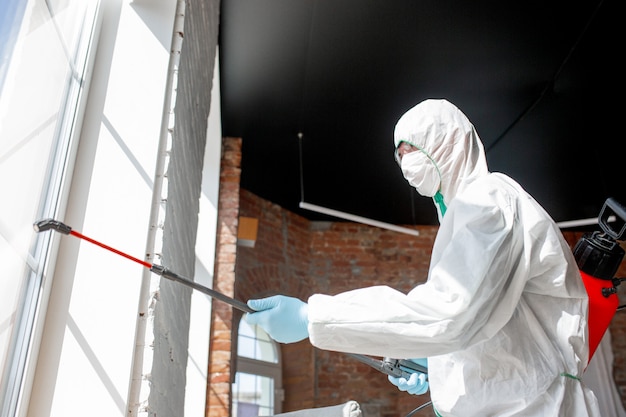
Expert Emergency Mold Response Services in Seattle
In the Pacific Northwest, the damp climate of Seattle creates the perfect environment for mold growth. Mold can quickly become a significant problem if not addressed promptly, leading to health risks and property damage. Expert emergency mold response services are crucial for homeowners and business owners aiming to tackle mold issues efficiently and effectively. Understanding the importance of professional intervention and the steps involved in mold removal can help in mitigating these risks.
Understanding Mold Growth in Seattle
Seattle's climate, characterized by frequent rain and high humidity, is conducive to mold growth. Mold spores are microscopic and can easily infiltrate homes and businesses, often going unnoticed until they have spread extensively. Common areas for mold growth include:
- Basements and crawl spaces
- Bathrooms and kitchens
- Attics and ventilation systems
- Areas affected by water leaks or flooding
Addressing mold issues as soon as they are detected is essential to preventing further spread and reducing health risks. Read more about this topic.
The Risks of Mold Exposure
Mold exposure can lead to various health issues, particularly for individuals with respiratory conditions, allergies, or weakened immune systems. Symptoms of mold exposure may include:
- Respiratory problems
- Allergic reactions
- Skin irritation
- Headaches
Long-term exposure to mold can exacerbate these health issues, making it imperative to seek professional mold removal services. Learn more in this detailed guide.
Steps in Professional Mold Removal
Inspection and Assessment
The first step in professional mold removal is a thorough inspection and assessment of the affected area. This process involves identifying the type and extent of the mold growth. Professionals use specialized tools and techniques to locate hidden mold and determine the contamination level. Explore further insights here.
Containment and Filtration
Once the mold is identified, containment measures are implemented to prevent the spread of spores to unaffected areas. Advanced filtration equipment, such as HEPA filters, is used to clean the air of mold spores during the remediation process.
Removal and Cleaning
The next step involves the safe removal of mold-infested materials. Professionals use antimicrobial treatments to eliminate mold colonies and prevent new growth. This step may also include the disposal of contaminated materials to ensure the complete eradication of mold.
Restoration and Prevention
After mold removal, the final step is restoring the affected area to its original condition. This may involve repairing or replacing damaged structures. Implementing moisture control measures is crucial to prevent future mold growth. Find additional information here.
Choosing Emergency Mold Response Services
When selecting an emergency mold response service, consider the following factors:
- Experience and expertise in mold remediation
- Use of advanced technology and equipment
- Prompt response time and availability
- Adherence to industry standards and regulations
Professional services not only ensure the effective removal of mold but also provide peace of mind knowing that the problem is addressed by experts. Learn more in this detailed guide.
Conclusion
In Seattle, the risk of mold growth is a significant concern due to the region's unique climate. Prompt and professional intervention is essential to manage these risks effectively. Understanding the process and benefits of expert emergency mold response services can help property owners make informed decisions and protect their health and property. For those facing mold issues, seeking out experienced professionals is the best course of action to ensure comprehensive and lasting solutions.